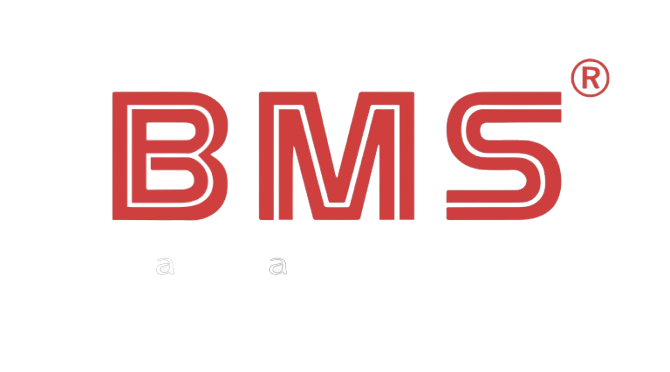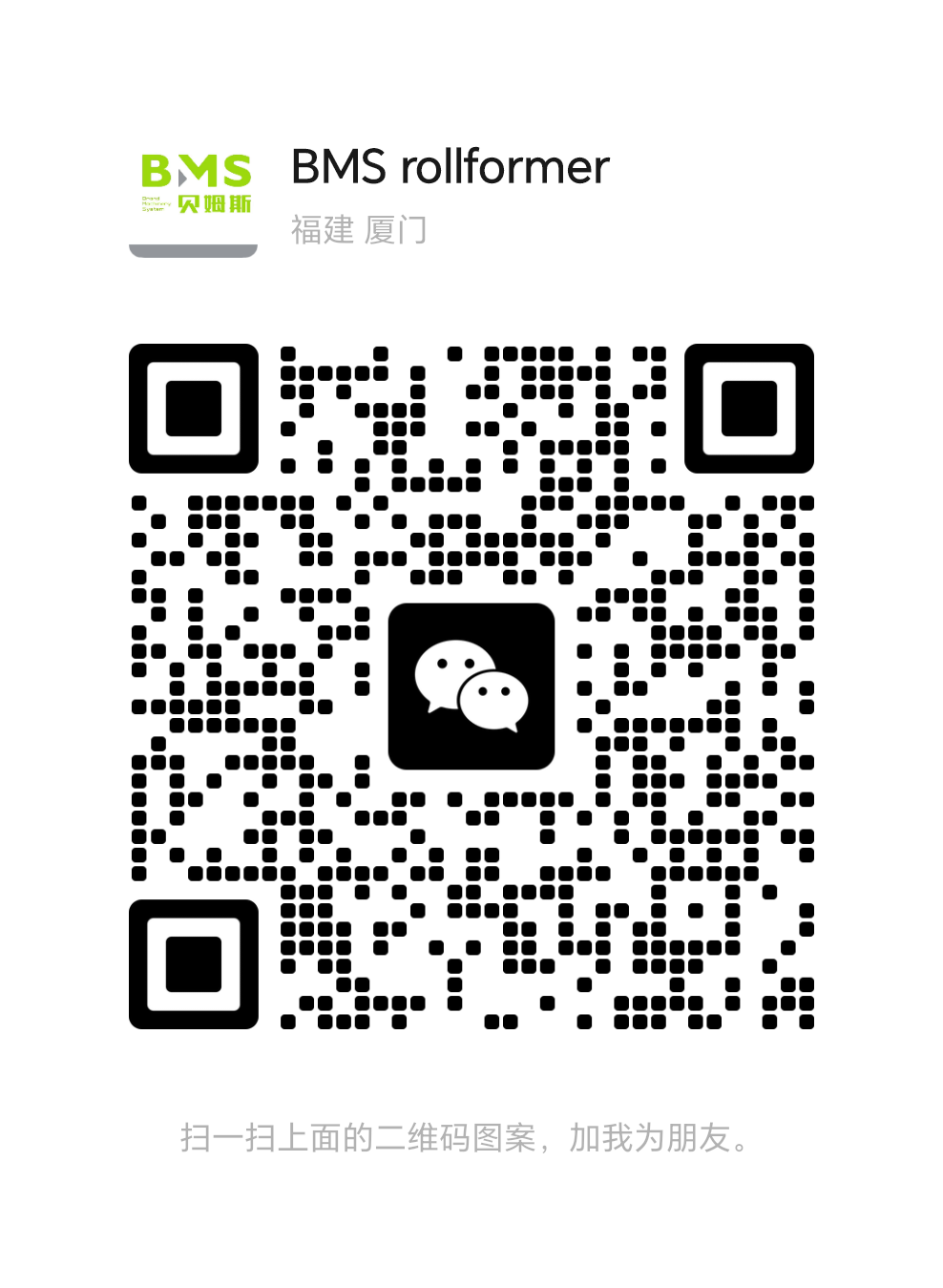Introduction
In the world of coil processing, edge quality defines product value. Whether supplying material for automotive panels, roofing sheets, or home appliances, the edges of slit strips determine how well the material performs in downstream operations. As buyers, we often focus on selecting the right coil slitting machine, because it is this equipment that guarantees both efficiency and edge precision.
A coil slitting machine takes wide master coils and converts them into narrower strips through controlled cutting. But edge quality is not only about having sharp blades—it also depends heavily on the chosen slitting method. Two primary methods are widely used in the industry: pull slitting (sometimes called “tension slitting”) and crush cutting (also known as “support slitting”). Each method creates distinct edge characteristics, which directly affect surface appearance, burr formation, and usability.
For procurement teams, understanding the difference between these two methods is crucial when evaluating which coil slitting machine to purchase. The right choice ensures higher production efficiency, lower rejection rates, and better customer satisfaction. At Xiamen BMS Group, we recognize how important these details are and design our coil slitting machines to deliver the edge quality that industries demand.
Product Features
High-Speed, High-Efficiency Production
From a buyer’s point of view, throughput matters. A modern coil slitting machine is engineered for high-speed continuous operation, enabling factories to process multiple coils within a short time. This high-speed capability is essential for service centers and large-scale manufacturers that handle daily volumes in the hundreds of tons.
By reducing cycle time, a coil slitting machine not only boosts capacity but also lowers the cost per ton of processed material. This efficiency translates directly into improved competitiveness in markets where lead time is a decisive factor.
High Automation Level
Safety and labor savings are equally important considerations for procurement. A coil slitting machine with integrated automation—automatic coil loading, unloading, recoiling, edge guiding, and tension control—minimizes manual handling. For operators, this reduces physical strain and decreases accident risks when dealing with heavy coils.
From a business perspective, automation also stabilizes output quality. With less dependence on manual intervention, the machine consistently delivers accurate slitting results. This reliability is one of the most valuable aspects when calculating return on investment for buyers.
Surface Quality Protection
Another key feature of a high-quality coil slitting machine is surface protection. During slitting, materials like stainless steel, aluminum, or pre-coated coils must remain free from scratches or dents. Machines designed with premium guiding rollers, anti-scratch systems, and smooth tension regulation ensure surface integrity throughout the process.
For industries with strict surface appearance requirements, such as automotive or household appliances, this capability is indispensable. From the procurement perspective, a coil slitting machine that protects surface quality reduces the risk of rejected material, lowers claims from customers, and increases brand trust.
In summary, buyers evaluating a coil slitting machine must focus on these three pillars: high-speed production, high automation, and reliable surface protection. Together, these features ensure stable performance, cost savings, and long-term value.
How Do Different Slitting Methods Impact Edge Quality?
When selecting a coil slitting machine, procurement teams must also consider the cutting method. Edge quality—burr height, smoothness, and appearance—varies depending on whether the machine uses pull slitting or crush cutting.
Pull Slitting (Tension Slitting):
In this method, the material is pulled through rotary knives under controlled tension. The tension ensures that the material remains stable during slitting, producing clean, straight edges with minimal burrs. Pull slitting is particularly effective for thinner materials or coils requiring high surface appearance standards. Buyers value this method because it delivers consistency, especially for industries like automotive and electronics where edges must meet strict specifications.
Crush Cutting (Support Slitting):
This approach relies on applying downward force with the knives, essentially crushing through the material. While this method can handle thicker or harder coils, it often results in rougher edges with higher burr formation. For heavy-duty applications where exact edge quality is less critical, crush cutting can be a cost-effective choice.
Comparing the Two:
Pull slitting offers smoother edges and better dimensional accuracy but may require more precise setup and higher equipment investment.
Crush cutting allows faster setup and lower initial cost but may increase post-processing needs like deburring or edge treatment.
For buyers, the decision depends on the target market. If your customers demand premium-quality coils with perfect edges, a coil slitting machine optimized for pull slitting is the right choice. If your production focuses on structural materials where edge aesthetics are secondary, a crush-cutting solution may suffice.
Ultimately, the procurement decision must balance cost, application, and long-term quality expectations. Choosing the correct slitting method ensures that the coil slitting machine truly serves as a profit center rather than a bottleneck.
For buyers, the choice of a coil slitting machine is a decision that impacts production efficiency, product quality, and customer trust. Understanding how pull slitting and crush cutting influence edge results is essential for making the right investment.
At Xiamen BMS Group, our coil slitting machines are designed to support both methods, giving buyers flexibility to serve different markets. If you are exploring options for upgrading your processing line, leave your inquiry today. Our team will provide customized solutions that match your production goals and help you deliver the edge quality your customers expect.




